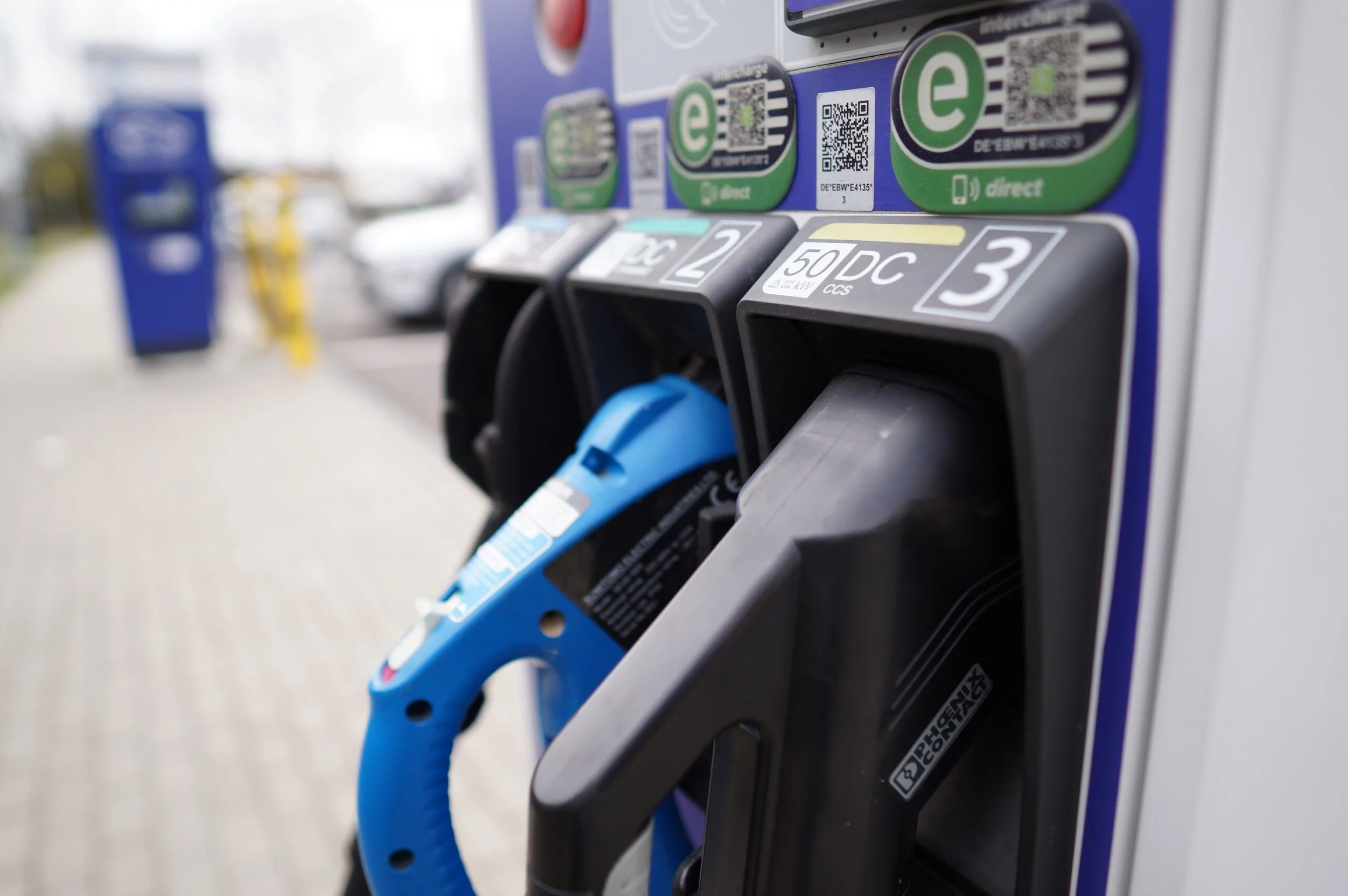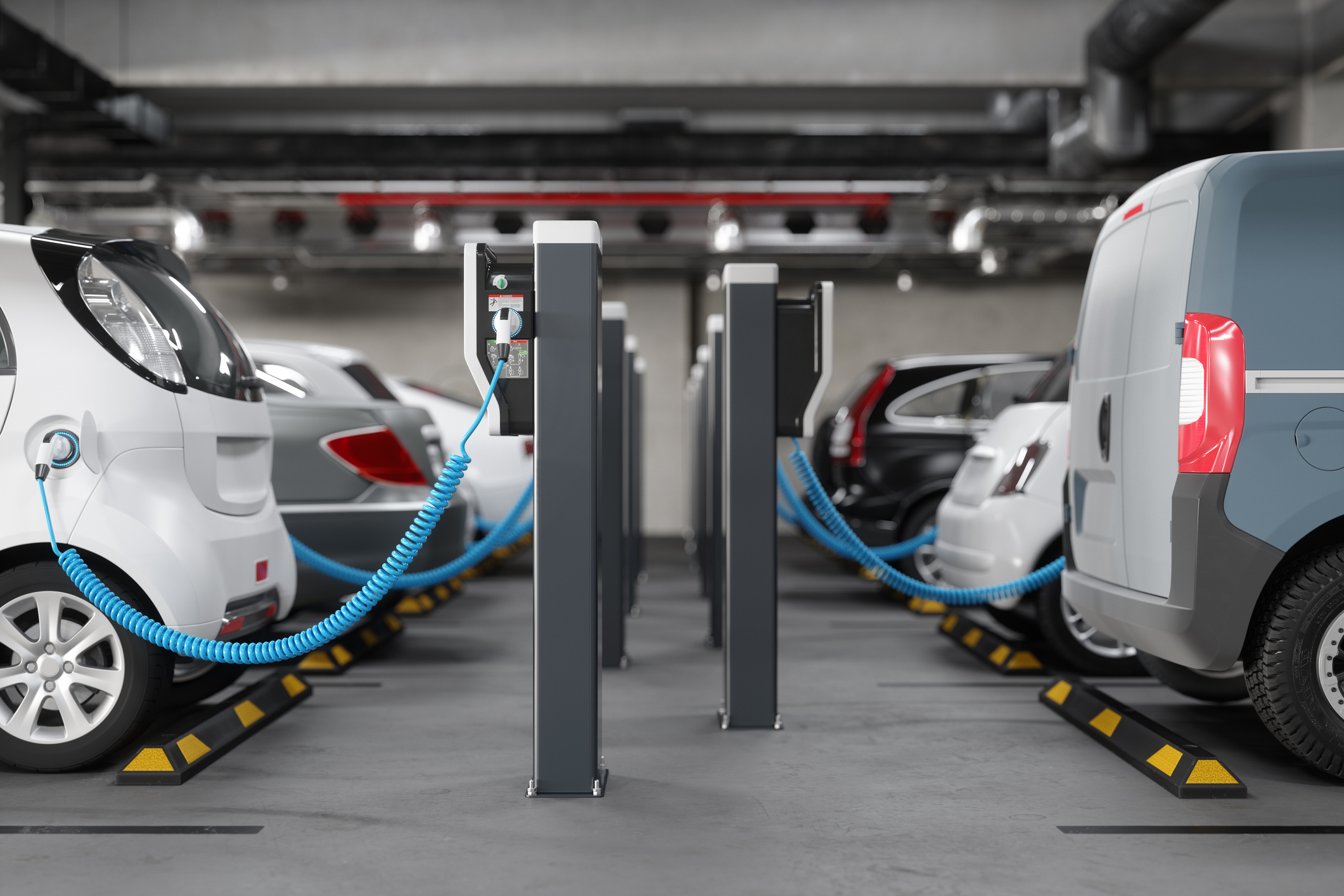Electric vehicles (EVs), are becoming an increasingly popular choice, with demand rising significantly each year. Part of the cause for this increase can be attributed to new legislation that many countries are adopting, such as the recent announcement in the EU regarding plans to ban the sale of all petrol and diesel vehicles by 2035. The UK has even gone one step further, vowing to halt production by 2030.
After substantial legislative and regulatory pushes, electric vehicles are the future of the automotive industry. Still, despite these electrification initiatives, EVs carry their own environmental challenges, from where they derive their charge, to how they are manufactured. As more EVs are produced to meet demand, for consumers it’s important to consider all of the factors when choosing between combustion and electric cars. Let’s look at the environmental challenges that both create and how these difficulties will impact the electric grid.
Sustainability
It’s no secret that combustion cars run on either petrol or diesel, which has been proven to harm the environment. Petrol and diesel are derived from oil which is a non-renewable energy source, meaning that we cannot go on as we have. Most agree that we only have around 50 years of oil left, leading to an urgent search for alternative fuels. This is why manufacturers and legislators are turning to electric vehicles as a means of mitigating climate change and beyond. Electric vehicles have dramatically lower carbon emissions. And while there has been public debate over where the electricity comes from that powers the growing EV fleet, or in the manufacturing processes needed to create this new tech, electric vehicles are still more environmentally sound.
Production
Due to the types of batteries required for electric vehicles, EV production is currently a much more intensive process than combustion engines, which have been the industry standard for more than a century. EV batteries are typically lithium-ion, which uses large quantities of lithium, cobalt, and many other scarce metals. Not only are these not renewable, but the process of mining them can be harmful to the planet. It disrupts landscapes, pollutes water sources, and emits carbon. Still, while many renewables have less-than-ideal environmental impacts, this technology is relatively nascent and developing, and the good outweighs the bad.
It’s expected battery production will have to rapidly increase in the coming years to meet the new demand. This could have a serious impact on the environment, without further efforts to minimize environmental pollution. To put it into perspective, a study has shown that you would need to drive 13,500 miles in your new EV just to offset the emissions caused by the manufacturing process. Remember though: that’s just for now. There are already plans to minimize waste through recycling, while the technology itself continues to evolve into something less challenging for manufacturers and the environment alike.
Life Cycle Impact
The good news is that beyond offsetting manufacturing emissions, electric vehicles do not emit any carbon. This makes it a perfect and desirable option for prosumers seeking both environmental justice and energy independence, which is why electric vehicle adoptions are skyrocketing. All around, electric vehicles are much more eco-friendly than typical combustion alternatives. In 2021, the transport sector was responsible for around 34% of carbon emissions in the UK. These levels have slowly been decreasing since 1990, but not quickly enough.
What This Means For Utility Providers
With an increasingly complex and sophisticated grid load, utilities are challenged to meet the rising need of global electrification and decarbonization efforts. Fortunately, this growth in EV technology is not only manageable with the right technologies but can prove a valuable energy asset to utilities to enhance grid resiliency. Let’s take a look at how electric vehicles present an opportunity for enterprising utility operations.
Managed Charging
To start, electric vehicles dramatically reshape the load curve. In the past, utilities could typically rely on the same window of high demand (early evenings on days with temperature extremes). This reliable assessment of the grid load reflects the types of devices that tax the grid the most: HVAC units and water heaters, both of which are used to offset temperature extremes more often than not when ratepayers are home the most. Like HVAC units and water heaters, electric vehicles require a lot of energy to charge. Because electric vehicles are used during commuter hours, they often charge at times that are very different from the high times of use for household appliances.
Fortunately, managed charging software exists to mitigate that pull on the grid, freeing up grid assets for utilities through conservation. With V2G functionality, utility program managers can even tap into the ambient energy sitting idle in your car when it’s connected to the grid, and employ that stored energy to mitigate peak demand, charging participating electric vehicles during off-hours instead.
Conclusion: Combustion Engines vs. Electric Vehicles
Soon, fossil fuels will no longer remain a significant part of the global energy portfolio, replaced with safer, greener, electric vehicle alternatives. While electric vehicles still need safer manufacturing and recycling standards in place, they represent both a step to an electrified, carbon-free future and a potential asset for utilities to better meet ratepayer demand. With EV adoption expanding exponentially, the time to adopt better practices around the demand that electric vehicles place on the grid is now.






